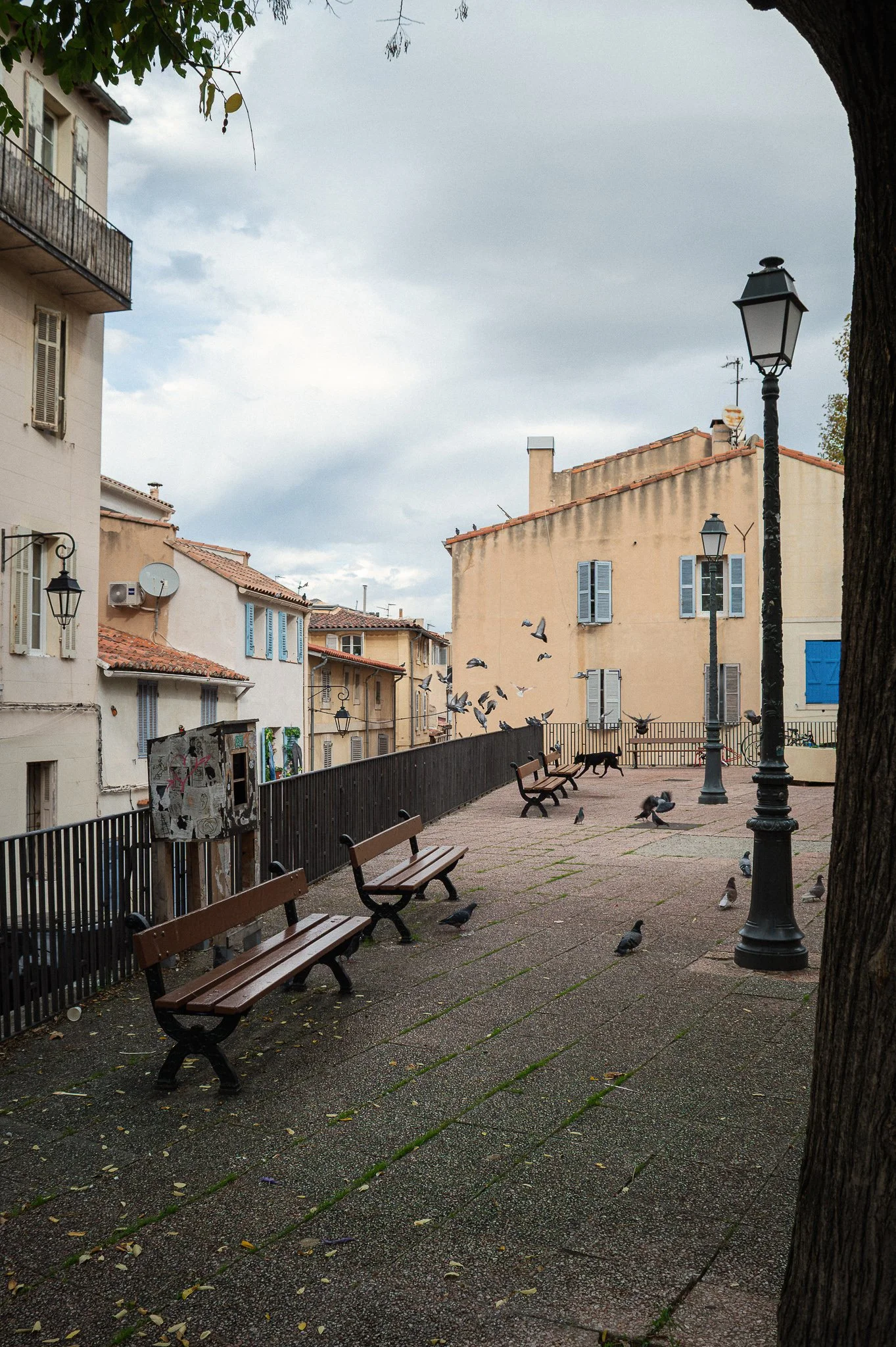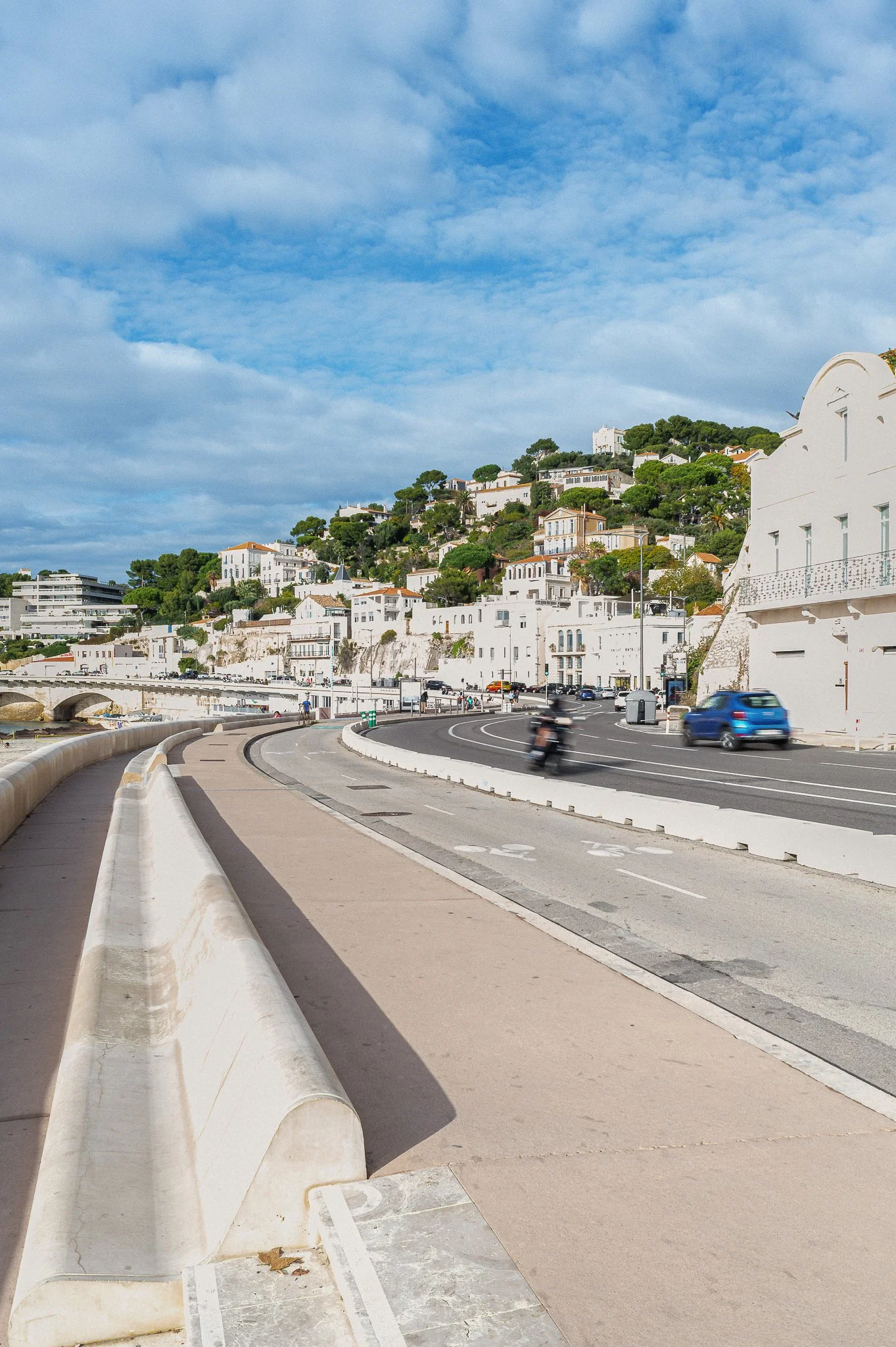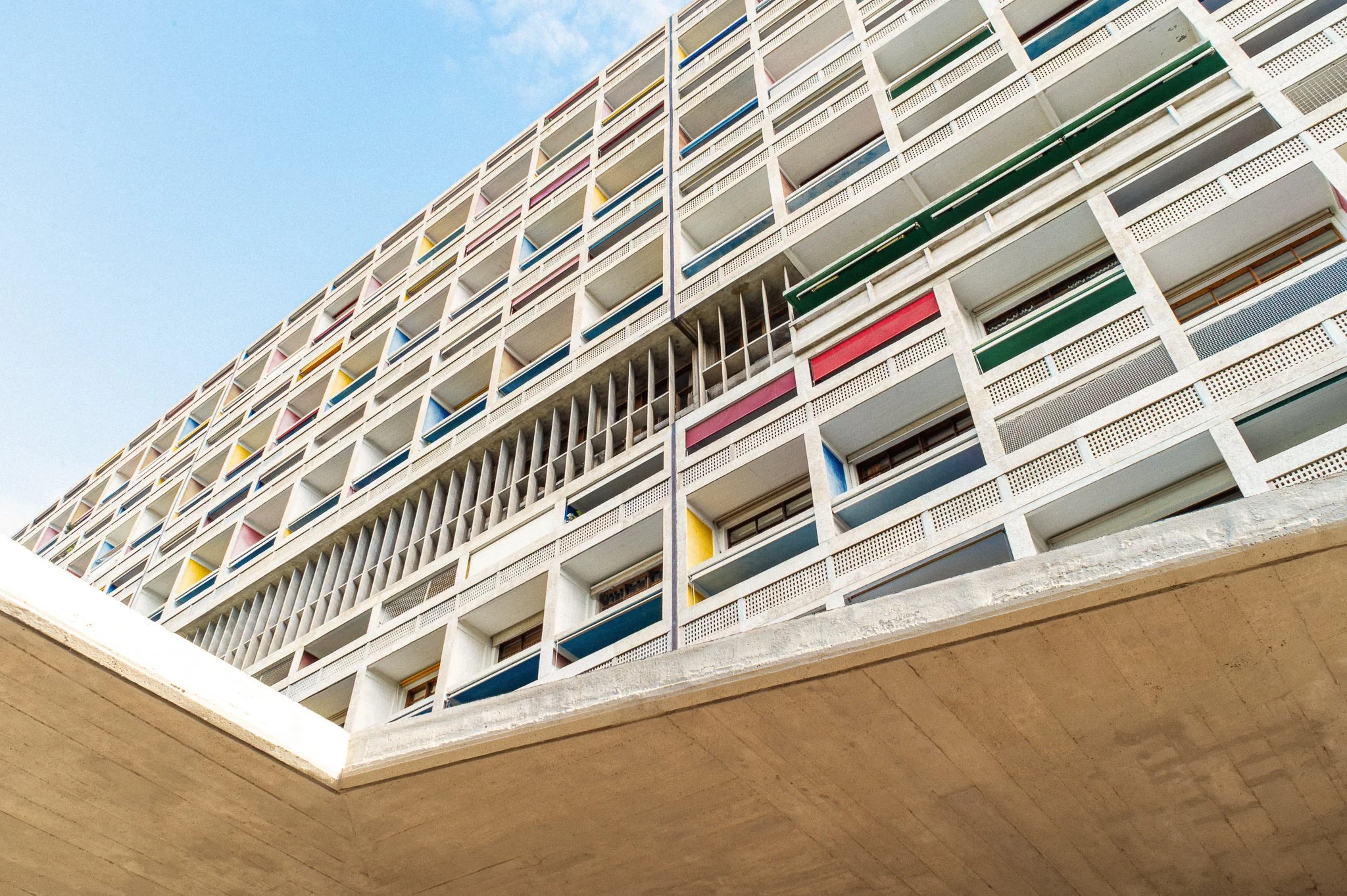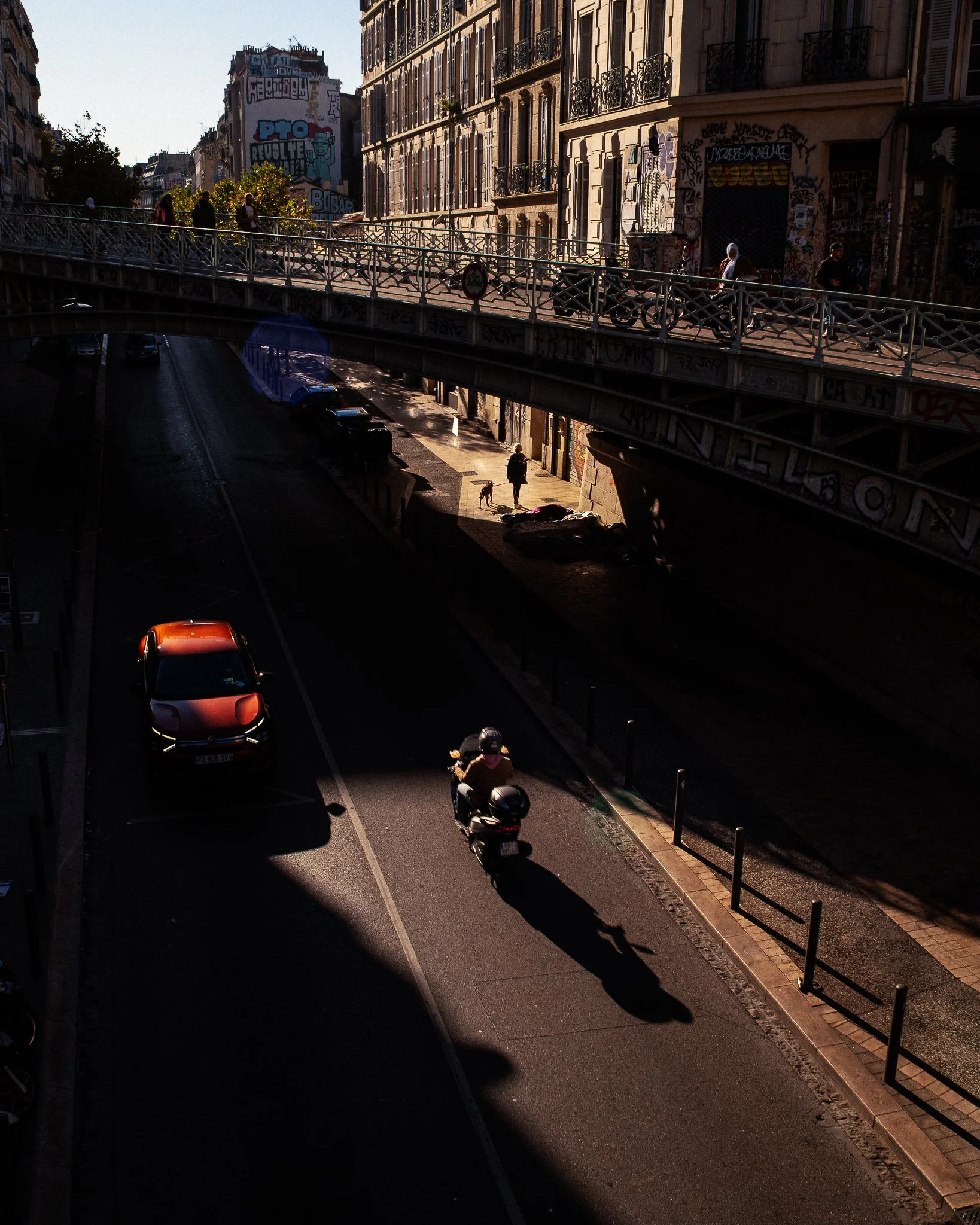Slowing down in Marseille with Old Nikon Glass
Every once in a while, I feel the urge to step back from the sharpness, speed, and endless convenience of modern digital photography. This time, I decided to bring minimal gear on a trip to Marseille: my trusted Nikon Z6II, mounting a humble 28mm E-Series lens - a relic from Nikon’s analog days. This lens is considered to be a “budget lens” with mediocre optical features. On the modern Nikon body: No autofocus. No electronic contacts. No lens data in the EXIF (though I did configure it in the Nikon body). Just a simple piece of glass and metal, originally meant for film, now sitting in front of a 21st-century sensor.
I did, however, keep two digital conveniences: I shot in Manual mode with Auto ISO, allowing me to handle tricky lighting—indoors, at night, or anywhere else (see below). I also relied on in-body stabilization, which worked wonders for longer exposures.
More images can be found on my Gallery Website.
The First Surprise: Slowing Down
Right away, I noticed how much slower everything became - and that was the best part.
By setting focus almost manually, suddenly every frame took a bit more time. Yes, you can absolutely focus in the viewfinder using 100% zoom and with focus peaking turned on (see below). I tried not to fire off bursts or keep chimping after every shot. Additionally, I typically use Zoom Lenses - so the fixed 28mm forced me to go back and forth to improve my composition. There’s something meditative about that. You start noticing light differently when you have to work for it.
The Second Surprise: Excitement and Uncertainty
I didn’t bring a laptop on the trip, so I couldn’t review or even edit images. For the whole time, I had no real idea how the photos were turning out - and that brought back a familiar kind of excitement. The same feeling you get when you’ve just finished a roll of film that isn’t developed yet. Digital photography delivers instant gratification, while film makes you wait. This combination uses the best of both worlds.
Marseilles beautiful streets in Le Panier
The Third Surprise: No Fixed ASA
I visited Marseille in November 2025 - the sun sets at around 17:15. From dim interiors to late afternoon sun, the Z6II’s sensor can handle almost all lighting situations. I was shooting in bright sunlight at noon and only 5 hours later in dark alleys after sunset - and I did not needed to change the film for this. And at the same time: Being able to stop down to f/8 or even f/16 helped sharpness a lot but was only possible due to the awesome ISO performance of the Z6II.
Marseille at dusk
Marseille on a bright sunny afternoon
The Fourth Surprise: The Digital Reflex
Still, habits die hard. Somewhere along the way, I caught myself shooting too much again - slipping back into that digital reflex of “just one more, just in case.”
Hotel Le Corbusier, Marseille
Concrete Steps I took to make this hybrid analog-digital setup work
Here’s how I explored the deliberate, mindful pace of analog photography, while still benefiting from the conveniences of the digital world—Auto-ISO, IBIS, and cost savings included:
I went for a capable modern digital Camera (the Nikon Z6II in this case)
I used an FTZ Adapter which enabled me to use old Nikon lenses. According to modern standards, many are not up to what a high resolution Nikon Z Camera or even my trusty D850 can resolve but thats exactly the point
I opted for a quality-wise cheap lens of the e-Series which uses more plastic but is small and light to carry
I set the focus mode MF (Manual Focus).
I configured the lens in the body:
AIS lenses are “non-CPU,” meaning the camera can’t read focal length or aperture automatically.
Go to Menu → Setup Menu → Non-CPU Lens Data and input the focal length and maximum aperture of the lens.
This allows the camera to calculate exposure in certain modes, use exposure metering, enable IBIS (!) and record correct EXIF data.
I configured focus peaking (Menu → Custom Settings → MF Peaking).
I configured the OK button to zoom in to a 100% which enables precise manual focussing
Don’t get me wrong—I’m a big fan of film photography (my Instagram feed proves this, and I am also doing my own b/w development with Rodinal in my basement) - but this hybrid approach has some pretty sweet perks of its own.
The Outcome
The results aren’t technically perfect. Corners are soft, there’s vignetting (easy to fix by applying a lens profile in Lightroom for the NIKKOR 28mm f/2.8 AIS though), and sometimes the focus isn’t quite where I wanted it.
But the images feel different than pure digital ones with a modern lens. They have mood. They breathe. Not quite like a good roll of Kodak Gold, but heading in that direction.
And that’s what I like about it:
„Using old technology isn’t about nostalgia. It’s about paying attention again.“
Going through the photos, I think I’m onto something. Using the helpful parts of digital tech, but shoot like it’s film. Still plenty to work on… maybe I’ll switch off the display next time and see what happens.
Marseille at dusk
More images can be found on my Gallery Website.
PS: When I switched back to my usual setup with a modern lens, I laughed at myself: I kept forgetting to press the back-focus button to actually focus. That manual workflow on the 28mm had rewired my brain - at least temporarily. Turns out, I really am a creature of habit.
Other interesting blogposts:












